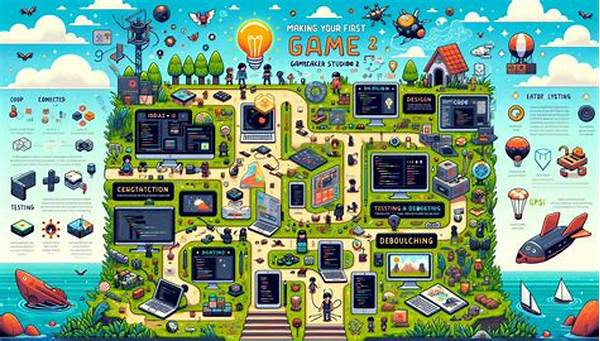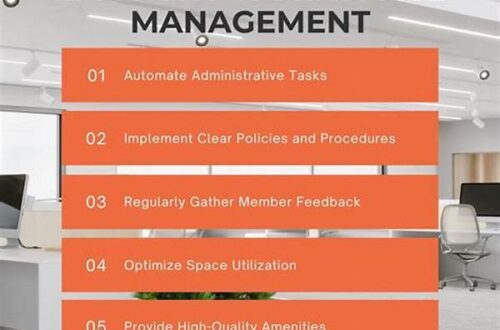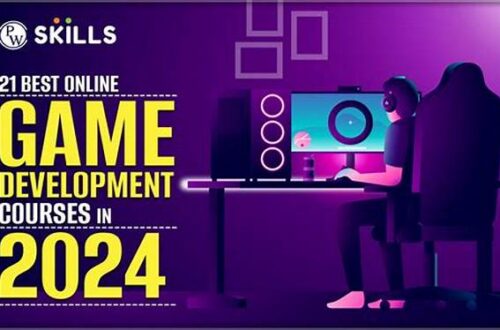So, you’ve decided it’s time to make your mark in the gaming world, right? Crafting your own game from scratch is like turning all those late-night gaming sessions into something productive! Welcome to the guide to making your first game. Whether you’re dreaming of the next big indie hit or just want to tinker around, this guide’s got all the tea on where to start, what to do, and who to ask when you hit a wall. Ready to turn those gaming fantasies into reality? Let’s dive in!
Read Now : Understanding Construct 3 Panel Functions
Understanding Game Design Basics
Before you hit the ground running with coding, it’s crucial to grasp the concept of game design. Consider it the blueprint of your gaming project. Every game, whether simple or complex, starts with a well-thought-out design. Think of your favorite games: what makes them tick? Is it the story, the graphics, or perhaps the gameplay mechanics? Your guide to making your first game starts with answering these questions. Designing involves more than just good graphics; it’s about creating an engaging experience for the player. From brainstorming ideas and sketching them out to detailing the mechanics and the look-and-feel, game design is your first major step. This phase is all about creativity and imagination, allowing you to mold your ideas into structured plans. Don’t rush it—lay a strong foundation before you move on to the next stage.
Choosing the Right Game Development Tools
Picking the right tools is crucial for your guide to making your first game. Not every tool will fit your concept. Unity and Unreal Engine are popular choices among beginners. They’re free to start with and have tons of tutorials. Explore other options too, like Godot or RPG Maker, depending on your game type.
1. Unity: A versatile engine for both 2D and 3D games. Perfect for beginners with ample resources.
2. Unreal Engine: Known for stunning graphics, ideal if you want to make visually striking games.
3. Godot: Open-source and lightweight, great for 2D games and those who love flexibility.
4. RPG Maker: Tailored for crafting role-playing games, beginner-friendly with a visual editor.
5. GameMaker Studio: Simplifies 2D game development with drag-and-drop features and scripting.
Read Now : “maximizing Revenue Gaming Industry”
Crafting Your Game Story
Every successful game has a captivating story. Whether you’re going for a detailed RPG narrative or a simple strategy game, plot matters. In the guide to making your first game, think about how your story can drive the gameplay. What’s the setting? Who are the characters? What conflicts do they face? This stage is where your creativity knows no bounds. Create worlds, imagine dialogues, and define goals. The more dynamic and intriguing your story, the more engaged your players will be. Remember, the story doesn’t just set the scene; it enhances the overall experience, keeping players coming back for more. So, put on your writer’s cap and dive into storytelling!
Designing Game Levels and Characters
Designing your levels and characters is where your vision starts to take shape in the guide to making your first game. It’s your chance to create a world that’s uniquely yours. Start with sketching drafts of your characters, their traits, and the environment they inhabit. Use modeling tools to bring these sketches to life. Experiment with different visual styles until you find one that speaks to your desired aesthetic. Next, consider level design: how does each level transition into the next? What’s the learning curve, and how do you introduce new challenges? Always playtest. Feedback from real players is invaluable, so don’t shy away from sharing early versions of your game.
Testing and Improving Your Game
Congratulations, your game is coming together! Testing is a critical part of your guide to making your first game. Gather a group of friends or engage with online communities to get feedback. Look out for bugs or glitches, but also how enjoyable and challenging your game is. Balancing difficulty is key here – you want players engaged, not frustrated. Take the feedback seriously and iterate. Even minor tweaks can make a significant difference. Remember, testing isn’t a one-time task. Continuously refine your game until it meets your vision and offers the best possible player experience.
Launching Your Game
Once you’ve ironed out those bugs, it’s time to show the world what you’ve created. The guide to making your first game wouldn’t be complete without a solid launch plan. Consider which platform suits your game best. Steam, itch.io, or the App Store are popular platforms, but it depends on your target audience and game type. Marketing is crucial: create buzz on social media, engage with gaming communities, and maybe drop a trailer. Get the word out! A successful launch isn’t just about sales; it’s about building a community around your game. A launch is just the beginning—listen to feedback, update regularly, and keep your community engaged.
Final Thoughts on Game Development
You’re at the end of your journey, but really, it’s just the inception of many more to come. This guide to making your first game is just the start. While it might feel overwhelming, remember, every developer started with an idea and a leap of faith. Stay curious, keep learning, and don’t shy away from making mistakes. Each game is a stepping stone to the next, teaching you invaluable skills along the way. The gaming world is vast and ever-growing, with endless opportunities for those willing to dive in. So, embrace the process, celebrate the small victories, and keep moving forward. Who knows? Your game might just be the next big hit in the gaming industry!





